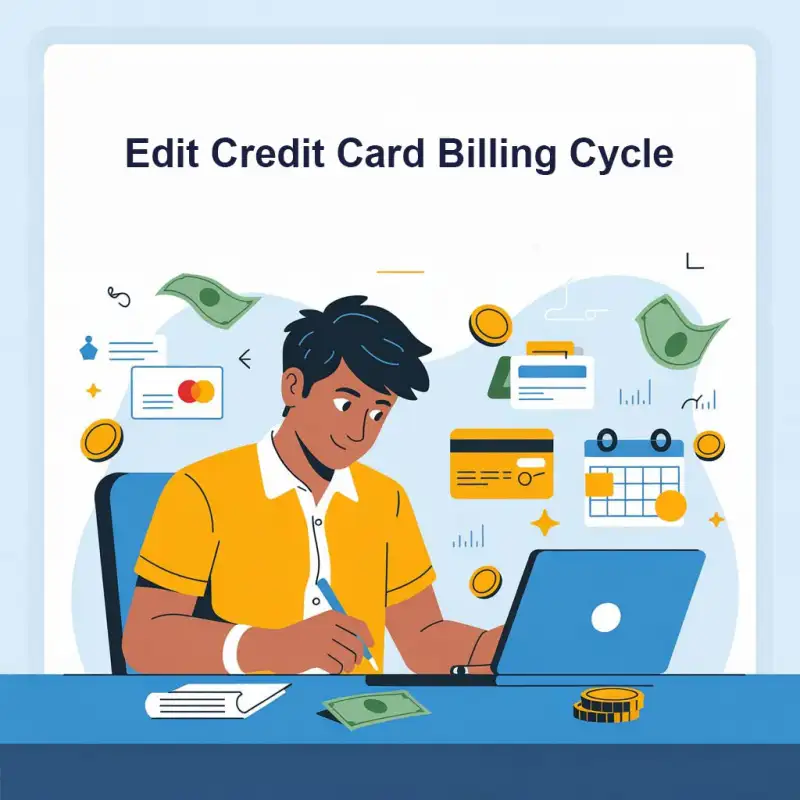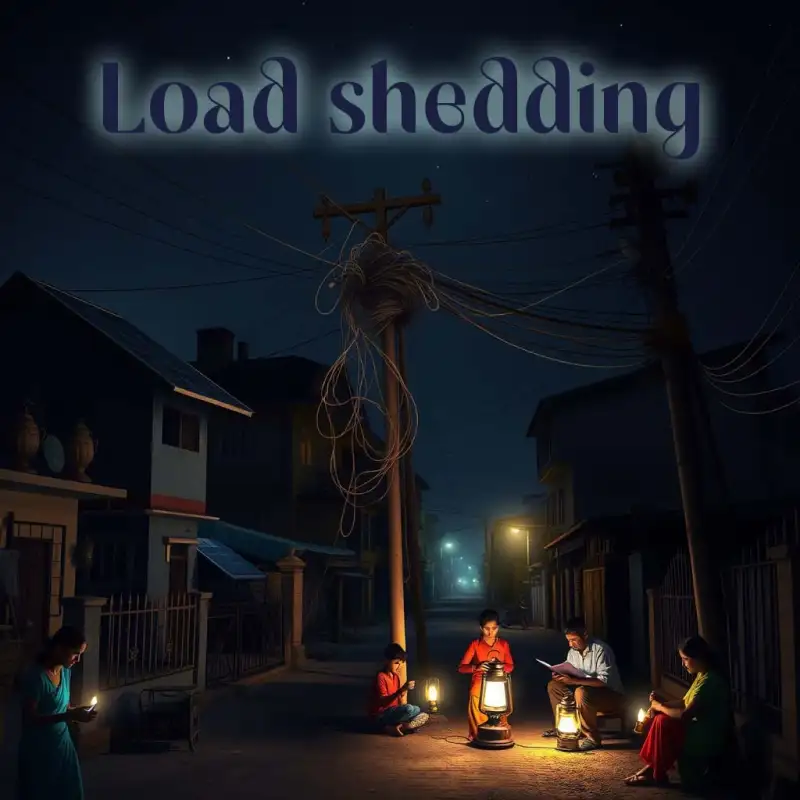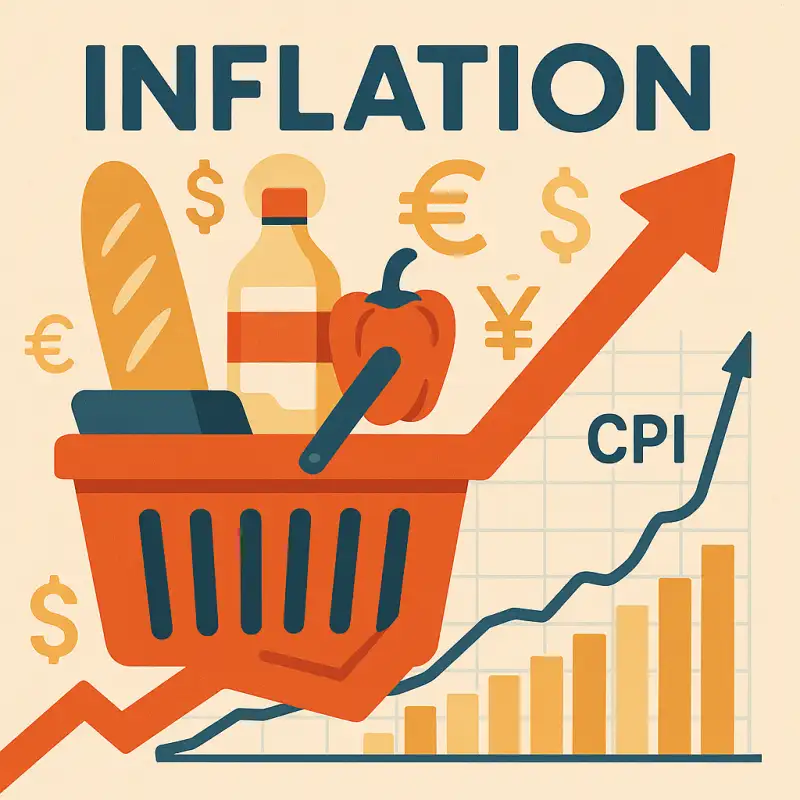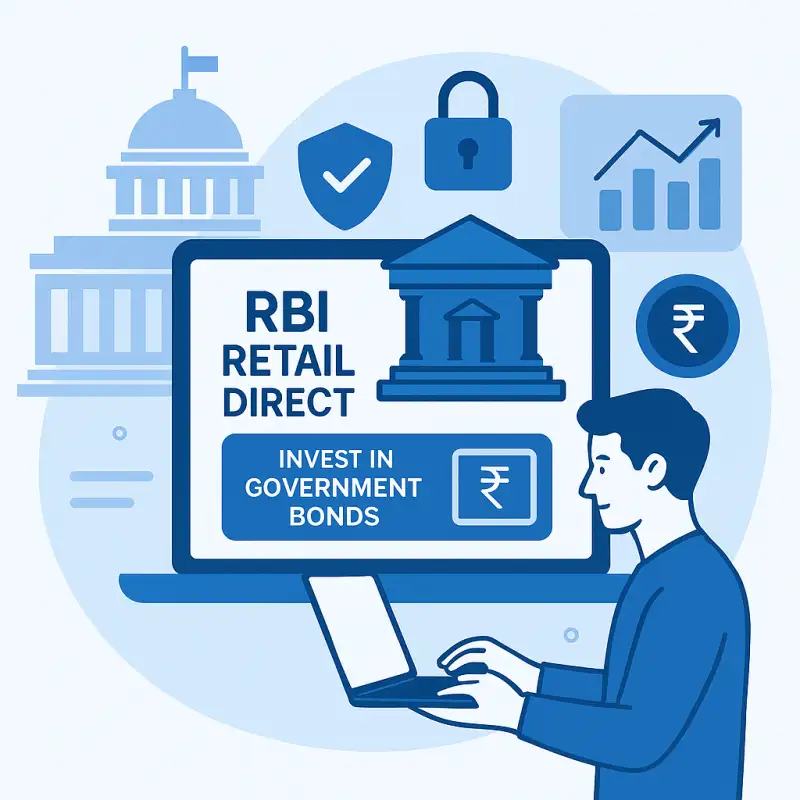
Credit Card Billing Cycle
Credit cards are very common, almost every adult uses one for shopping, booking tickets, or even paying bills. But many people don’t understand how credit card billing cycles work. It’s important to learn this now so you can manage your money smartly in the future. Let’s explore this in a simple way!
What is a Credit Card Billing Cycle?
A credit card billing cycle is the period between two statement dates during which your credit card company records all your spending, payments, interest, and other charges. It’s usually around 30 days long, but the exact number can vary from one bank to another.
At the end of the cycle, your bank sends a credit card statement. This statement shows:
- Total amount spent
- Due amount
- Minimum amount to pay
- Last date to pay
- Any interest or penalties (if applicable)
Example to Understand Better
Let’s say your billing cycle is from 1st January to 30th January. That means:
- All your card usage between 1st to 30th January will be added to the bill.
- The billing date is 30th January
- Your payment due date will usually be around 15–20 days after the billing date (e.g., 18th February).
If you pay the full amount by 18th February, you don’t have to pay any interest. But if you only pay part of it or miss the due date, you’ll be charged interest on the remaining balance.
Key Terms You Should Know
TermMeaningBilling Cycle: Time period when all your card activity is recorded
Billing Date: The last day of your billing cycle
Due Date: The last date to pay your credit card bill without penalty
Minimum Amount Due: The smallest amount you must pay to avoid late payment fees
Interest-Free Period: Time between purchase and due date, if you pay full amount on time
Why Billing Cycle is Important?
Knowing your billing cycle helps you:
- Plan your purchases smartly
- Avoid late fees and interest
- Maintain a good credit score
- Use the interest-free period to your advantage
Smart Tips for Credit Card Users
- Always pay your full bill – Avoid paying just the minimum.
- Track your spending – Don't spend more than you can pay.
- Know your billing date – Plan purchases just after the cycle starts to get max time to pay.
- Use credit wisely – A credit card is not free money, it's a short-term loan.
Bonus: Real-Life Scenario
Imagine you bought a ₹2,000 headphone on 2nd January. Your billing cycle ends on 30th January. You get your bill on 1st February and your due date is 18th February. If you pay ₹2,000 by 18th February:
- No interest
- Good credit record
- Full interest-free period used!
But if you pay only ₹500 and miss the rest:
- Interest will be charged on the remaining ₹1,500
- Your next month’s purchases may also attract interest
- Your credit score can go down
Conclusion
Mastering your credit card billing cycle isn’t just about avoiding late fees — it’s about taking control of your finances. When you understand how billing dates, due dates, and interest-free periods work, you can plan your purchases better, pay on time, and make the most of your credit card without falling into debt.
So the next time you swipe your card, you won’t just be spending — you’ll be spending smart.
And if someone brings up credit cards, you won’t just nod — you’ll confidently say,
“Yes, I actually understand how the billing cycle works — and I use it to my advantage!”





